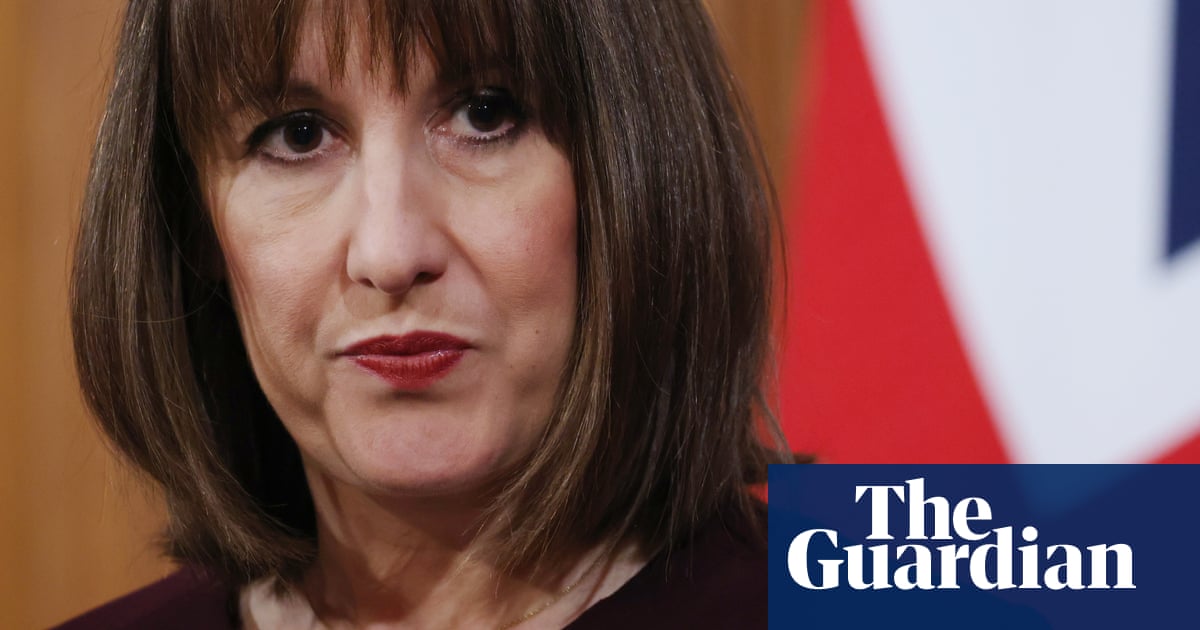Rachel Reeves will announce her highly awaited spending review on Wednesday amid pressure on the government to invest in national security and public services and to reboot the UK economy.
In what will be a defining policy announcement of the current parliament, the chancellor’s address to the Commons will outline Labour’s day-to-day spending plans for the next three years up to the next general election.
Aiming to turn the page on a tough few months, amid bitter rows over cuts to disability benefits and winter fuel payments, Reeves will also allocatea £113bn boost in capital fundingover the next four years.
Here are five key charts that will underpin her decisions:
Wes Streeting’s health department is expected to be a big winner of the spending review, having agreed a2.8% real-terms risein annual day-to-day expenditure for the next three years, amounting to £30bn a year extra by 2028.
Defence will also receive a substantial boost to meet Keir Starmer’s promise to spend 2.5% of national income on the military by 2027, on the path towards his “ambition” to hit 3% in the next parliament.
The increase for defence will, however, be historically unusual, and will have consequences for spending decisions elsewhere. Military spending has been in steady retreat since the 1950s in a “peace dividend” that allowed for higher spending on other priorities.
However, that trend will go into reverse at a time when pressure is also rising to increase NHS and welfare spending, reflecting the UK’s ageing population.
Reeves set out her plans for total spending – known as the “spending envelope” – at theOctober budget, for day-to-day departmental budgets up to 2028-29, and for capital budgets for a further year.
The plan involved an increase in departmental budgets of 1.2% a year on average over three years, after taking inflation into account. Capital spending will rise by 1.3% on average in real terms over four years.
Reeves will be able to argue that real-terms growth in total spending fulfils a manifesto promise of “no return to austerity”, compared with the 2010s whenGeorge Osborne oversaw deep cuts.
However, the plans are less generous than under recent Tory and Labour governments. Large settlements this time around in some areas – including health and defence – also mean less money for others, implying a likely squeeze on resources for some departments.
Reeves has sought to highlight £113bn in extra capital spending, funded through borrowing after changes to her fiscal rules at the autumn budget, as a means to draw a clear dividing line between Labour and the Tories.
The plans for investment in long-term projects – including roads, hospitals, social housing and other infrastructure – are significantly more generous than the ones set out by her predecessor, Jeremy Hunt.
The increase is, however, front-loaded – meaning faster growth in investment earlier in the parliament. Raising defence spending to 2.5% of GDP is also expected to be highly capital-intensive. The Institute for Fiscal Studies has warned capital budgets elsewhere could fall as a result.
Sign up toBusiness Today
Get set for the working day – we'll point you to all the business news and analysis you need every morning
after newsletter promotion
Reeves has, though, announced funding for several new capital projects, including support forSizewell C through £14.2bn of government investment in nuclear power, as well as£15bn for trains, trams and buses outside London.
Borrowing costs for governments have risen sharply in the past year, reflecting investor worries over Donald Trump’s erratic trade wars, persistently high inflation and elevated debt levels.
In the UK there is particular concern over weak economic growth and the sustainability of Reeves’s tax and spending plans. The chancellor has pledged to stick to her “iron-clad” fiscal rule, despite pressure to mend public services and raise spending on defence.
Bond market investors will be watching Reeves closely, after a rise in the yield – in effect the interest rate – on long-term UK government debt to 5.2%.
“The upcoming spending review will be critical for the government’s efforts to prop up market confidence, given the tight fiscal situation,” analysts at Bank of America wrote in a note to clients.
As the spending review does not come alongside a budget – for the first time since Gordon Brown was chancellor in 2000 – there will be no tax decisions and the Office for Budget Responsibility will not publish a verdict.
However, economists think higher borrowing costs and sluggish economic growth risk wiping out the chancellor’s “headroom” against her main fiscal target to balance day-to-day spending with tax receipts.
This could pave the way for months of scrutiny and speculation before the chancellor’s autumn budget. Reeves will face tough decisions. Tax as a share of GDP is at historic levels, while Labour made a manifesto promise not to raise income tax, VAT or employee national insurance.
“Undeniably, the spending review will likely leave the chancellor with a tricky autumn budget to navigate,” said Sanjay Raja, the chief UK economist at Deutsche Bank.
“Tax rises look a near certainty. And pressure to reform the chancellor’s fiscal framework will only increase from here on out.”
